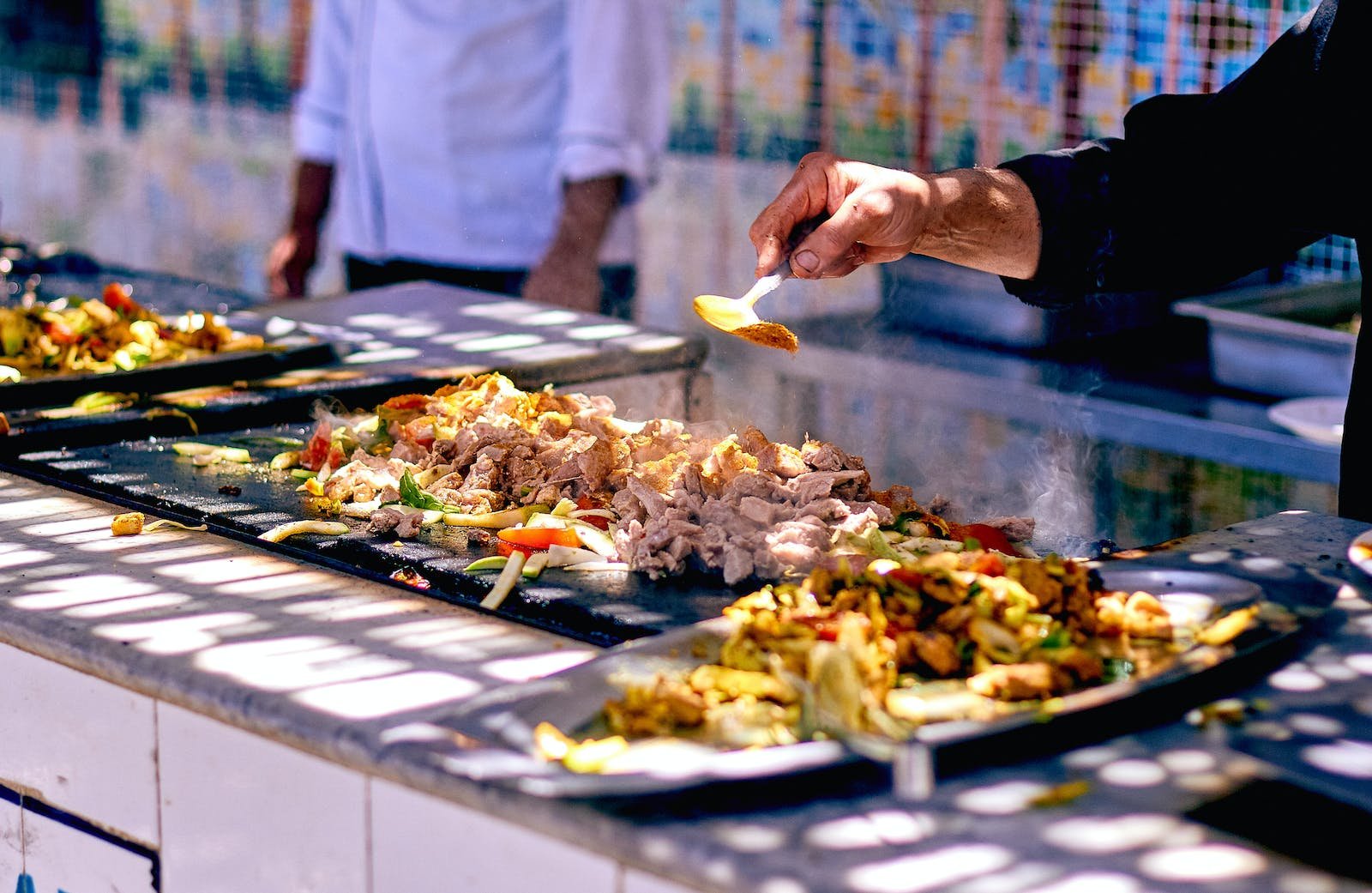
The HORECA sector finds itself facing a gastronomic transformation: that of street food. Becoming much more than a simple trend, street food is now shaping the commercial strategies of large hotel chains and restaurateurs.
It’s no secret that street food has become a global phenomenon, uniting people through the universal language of food. And for the HORECA sector, which is always on the lookout for innovations and new approaches, street food proves to be a godsend.
What’s better than a meal that is economical, quick, and delicious and that doesn’t require a reserved table or linen tablecloths?
The popularity of street food goes far beyond its convenience. There’s an element of authenticity, a taste of culture that’s hard to replicate in a more formal setting. From sushi stands in Tokyo to arepa stalls in Venezuela, street food is a gastronomic portrait of a place’s cultural identity.


And this is a lesson that the HORECA sector has begun to take very seriously. Consider hotels, for example. Many are revising their gastronomic offerings to incorporate elements of street food.
It’s not uncommon now to find luxury hotels hosting their own food trucks within the property, offering guests the chance to immerse themselves in a different culinary experience without leaving the hotel. Some have even collaborated with local street food vendors to offer special menus that highlight local delicacies.

As for restaurants, street food provides a way to add a dash of adventure to their menus.
Incorporating street food dishes not only attracts a younger and more cosmopolitan clientele but also offers an opportunity to experiment with different flavors and culinary techniques.or example, it’s not uncommon now to see Italian restaurants offering “porchetta sandwiches” or “arancini” as appetizers, adapting and revisiting the classics of Italian street food.
However, it’s essential to note that the growth of street food also presents challenges. Issues like food quality, health regulations, and environmental sustainability are all factors that the HORECA sector must carefully consider.
But it’s this very ability to adapt and innovate that could define the sector’s future success.
In conclusion, street food is much more than a passing fad. It is a silent revolution that is redefining the way we eat, live, and do business in the HORECA world. And if managed with care and creativity, it can offer new opportunities for growth and differentiation in an increasingly competitive market.
